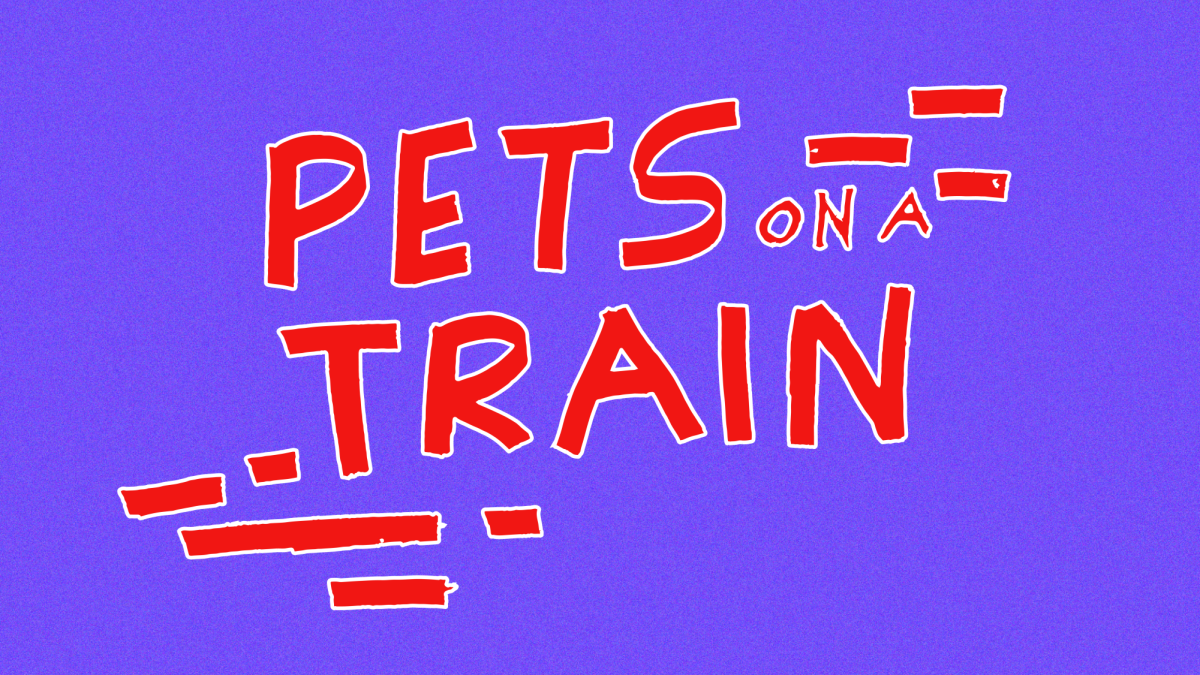“It” in its origins, is Stephen King’s 1,100 page literary masterpiece that has bred coulrophobia within many who dared to sojourn through the novel. Nevertheless, the subject in focus, Pennywise the Clown, fleshly embodied by Tim Curry, amassed a sadistic following and obsession with the arrival of Tommy Lee Wallace’s ABC television miniseries in 1990. Curry’s portrayal of the dancing clown quickly became a hallmark image for the horror canon, if not the face of horror cinema altogether. Flash forward 27 years later, the fear of clowns has burgeoned into a commonplace phobia and horror trope. With all this to say, no clown has terrorized us in our nightmares quite like Curry’s Pennywise. That was the case until Bill Skarsgård came along with a darker rendition of the fiendish entity in Andrés Muschietti remake of “It.”
worst fears are unleashed
With Muschietti’s “It,” audience’s worst fears are unleashed, manifested on the silver screen, then fully realized by a clown who dwells within the sewer system of a small town in Derry, Maine, where kids have disappeared at alarming rates. It is up to seven children known as The Losers Club, to figure out the town’s curse while confronting their own fears, home life, bullies and the evil force that feeds on fear by taking the shape of Pennywise.
Accordingly, the reboot of “It” dethrones the original version in the terror department with jump scares aplenty and superb special effects. “It” emulates the shocking graphic nature of ‘80s era horror while eschewing the faux-brush of nostalgia prevalent just a decade later, yet poorly executed in the 1990 adaptation. Its terrifying pleasantries of twistedness delivers a nightmarish onslaught of circus sights and sounds, yet maintains a sense of intention and believability beneath the barrage of mischief and malevolence.
Superior acting gives Muschietti’s direction of “It” an edge over Wallace’s 1990 adaptation. All of the kids were exceptional. Every single child actor inherits distinct personalities, quips and quirks, and ultimately, a genuinely felt form of childhood trauma haunting their innermost being. The chemistry between the group is discernible and organic, as bantering is aplenty and camaraderie is unflappable amongst one another, drawing comparisons to “The Goonies,” “The Sandlot” and another King classic,“Stand By Me.”
an evil, drooling, psychotic, menacing embodiment of childhood trauma.
For how exceptionally developed most of the characters were, it was rather disappointing to see Chosen Jacobs’ Mike, the lone African-American role, reduced to only a few lines. In the original adaptation and even more so the book, Mike has a drastically vital role. Unlike Muschietti’s “It,” Mike is the intuitive one — the individual who bestows knowledge upon the rest of the Loser’s club, not Ben. As he has done throughout his novels, racial subtext plays heavily into King’s story of “It,” and to see Muschietti subdue Mike’s devastating backstory and the horrors of race is disheartening. Another pitfall about Muschietti’s rendition is the weakened character portrayal of Beverley. In the book and original adaptation, Beverley is fearless of Pennywise and exudes leader-like qualities. Unfortunately, she is reduced to a damsel in distress as fearful as the rest of the Loser’s club.
Despite a few character flaws and dampened subtext, the success of “It” begins and ends with Skarsgård in his masterful performance as the demented Pennywise. Although he is charming in real life, his evolution into a sadistic clown makes him one creepy son of a gun. While Curry’s Pennywise will forever remain synonymous with the history of horror cinema, Skarsgård’s Pennywise will draw valid comparisons to Heath Ledger’s electric performance as Joker. Similar to Ledger, Skarsgård subverts the iconic idealism of their respective villain, but presents a completely different form in comparison to their predecessors. On that basis, Skarsgård is perfect for an evil, drooling, psychotic, menacing embodiment of childhood trauma.
Clocking in at two hours and 15 minutes, “It” never dragged on. There was never a dull moment and by avoiding the club’s adulthood, audiences and fans alike will assuredly welcome an expanded cinematic universe. Only time will tell if a proposed franchise is needed. Having said that, Muschietti’s “It” is one of the best horror classic remakes to date – it will overwhelm your fears, contort them into a balloon animal, then rupture them with each revolting image and exceptionally-placed jump scare.







